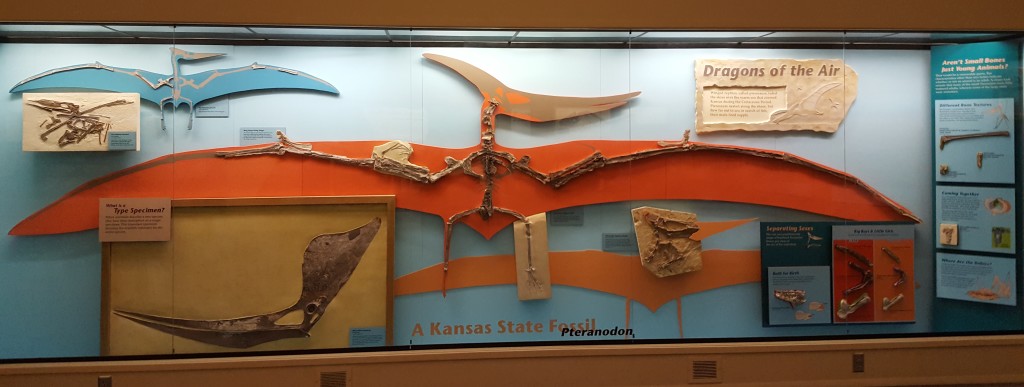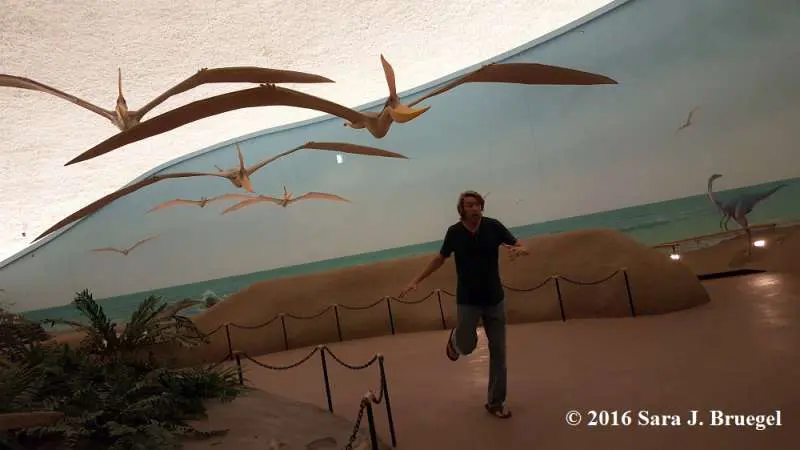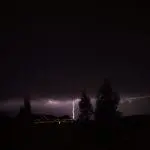The cheerful sunshine radiated through the large windows of the Kansas ranch-style chapel that warm June afternoon. I was part of the team taking the last set of questions at a short creation conference after an exciting week of digging fossils. Another hand went up from a group of curious boys in the audience. He asked how we can know the difference between male and female fossils. A very good question and one I was glad to have the opportunity to answer, even if my answer at the moment wasn’t as helpful as the boy would have liked. The same topic had come up earlier that week, when part of our group went to look at some of the fossils from around the area on display at the Sternberg Museum of Natural History. One of the most fascinating fossil displays I saw there showed some of the differences between male and female pterosaur fossils and other differences between young and adult pterosaurs (pronounced “tear-oh-sore”).

Pterosaurs were flying reptiles, or dragons, commonly called “pterodactyls” or “flying dinosaurs”. Although familiar, the name “pterodactyl” really isn’t quite right for what is usually shown in movies and books. Pterosaur is the correct name for the broad category of familiar flying reptiles you usually see grouped together with dinosaurs. A real Pterodactylus is fairly small – around the same size as common modern birds. The large size of the scary-looking flying monster you see in movies is actually more like Pteranodon. Both Pterodactylus and Pteranodon fall under the broader category of pterosaurs, but one of their main differences is that pteranodons do not have teeth. The general name “pterosaur” means “flying lizard” and the more specific name, “Pteranodon”, actually means it’s a toothless flying lizard.

Until recently, the differences between male and female pterosaur fossils were a mystery with little real evidence to confirm ideas people had about them. Around 2010, a pterosaur fossil, nicknamed “Mrs. T”, was found preserved with an egg, showing that this one was definitely female. Knowing that this one must be female, scientists have been able to see some similarities between this confirmed female and other pterosaurs they aren’t sure about. The hip bones of females were farther apart than the males. Males tend to have a crest on their head while females had no crest or smaller crests. In general, female are smaller than the males of the same species. Or at least, these are the differences that seem generally accepted by paleontologists. Of course, they may change their minds later on, knowing that this is science and what we do in science is grow in knowledge.
Recently paleontologists have come to realize that the creature they were giving a whole new species name is actually just a female of a species that was already named. While naming a new species is a pretty exciting idea, remember that scientists are people. We all sometimes change our minds or make mistakes. But our Creator and what He says about everything is reliable – including what He says about the flying creatures, like pterosaurs, that He formed just one day before people. Next week, we’ll learn more about pterosaurs and how they grow and fly.
Copyright Sara J. Bruegel, July 2016





